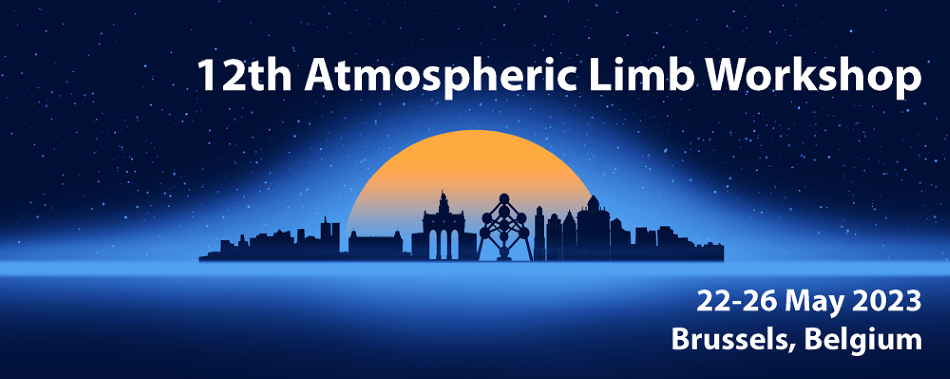Speaker
Description
Stratospheric ozone absorbs ultraviolet radiation that is harmful to life on earth. Ozone is a major driving force of atmospheric dynamic processes and is responsible for the radiative heating of the stratosphere. Due to anthropogenic emissions of ozone-depleting substances (ODS) the amount of
stratospheric ozone decreased substantially through the latter part of the 20th century and the so-called ozone holes were observed. The Montreal Protocol in 1987 and later Amendments banned ozone-depleting substances (ODS) in order to stop the ozone decline and facilitate its recovery. The
speed and occurrence (location) of ozone recovery depends not only on the declining amount of ODS but also on atmospheric dynamics and radiative budget and thus is related to the variations in greenhouse gases.
To assess changes in global ozone and attribute processes responsible for these changes, long-term observational time series of ozone are needed. Currently, several merged datasets are available, e.g. GOZCARDS, SWOOSH, SAGE-CCI-OMPS and SAGE-SCIA-OMPS. These datasets comprise measurements from various space-borne instruments over many years (here more than 30 years).
Differences in ozone units and vertical grids are an issue when comparing different datasets. In this work, the ozone data sets are homogenized by converting them to the same units and vertical grids. The uncertainty associated with these conversions is assessed. Using the homogenized merged datasets, we compare the ozone time series and trends in stratospheric columns and vertical profiles of ozone. Long-term trends are estimated using different statistical techniques such as multiple linear regression (MLR), dynamical linear (DLM) regression models. We also use Chemical Transport Model (CTM) simulations with different chemical and dynamical settings to gain better insight about the estimated ozone trends.

